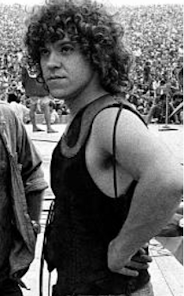One wonders if such an outcome could ever now occur at all. The Greatest Generation won its war with its persistent unity, something this nation may never again achieve.
Sadly, there are parts of the story that we have been sufficiently able to repeat.
The “victory riots” in San Francisco are the disturbing yet forgotten side to the jubilant celebrations of V-J Day. Mobs made up mostly of enlisted Navy men, not returning from overseas, gathered in the Bay Area’s downtown streets, gradually getting drunk and losing control.
For three days the celebrations transmogrified into dangerous chaos as motorists were attacked, cars overturned and women dragged into the dark and assaulted. Businesses were vandalized and looted and buildings, cars and trolleys were burned and destroyed. Soon bystanders were being run down by out-of-control cars and attacked with weapons, wooden boards, garbage cans or bare hands.
 In the aftermath, thirteen people were dead, at least six women had been raped and over 1,000 people were injured in what were described as the deadliest riots in San Francisco’s history. Despite the overwhelming crime that had clearly occurred, no charges were pressed and no one was ever held responsible or accountable... for anything.
In the aftermath, thirteen people were dead, at least six women had been raped and over 1,000 people were injured in what were described as the deadliest riots in San Francisco’s history. Despite the overwhelming crime that had clearly occurred, no charges were pressed and no one was ever held responsible or accountable... for anything.
The authorities were most likely embarrassed by the tragic events and turned a blind eye to the matter under the convenient cover of the real celebrations that dominated world news that week.
Why did this happen? How could history have lost track of something so devastating and shocking? It seems that a cover-up was not only easy but politically satisfying. Letting justice play out would draw attention to the failures of the city long after the hoopla of V-J Day had dissipated.
Contact Chris: |  Christopher Robinson |













